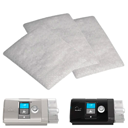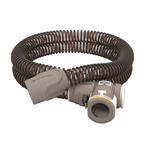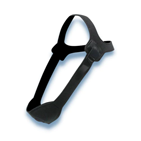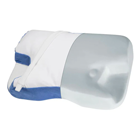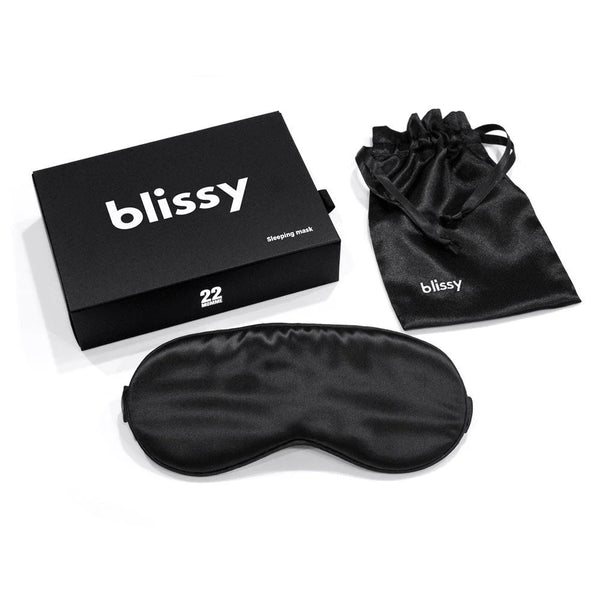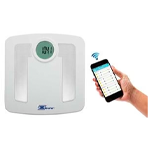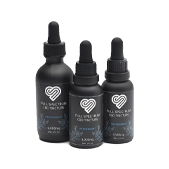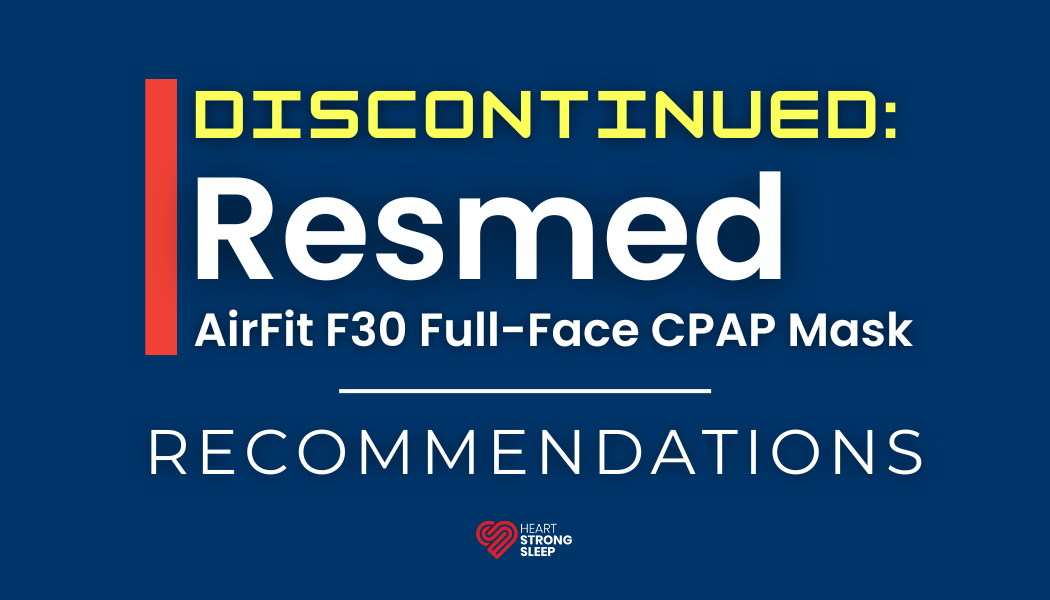Apnea-Hypopnea Index (AHI) measures sleep apnea severity. The AHI is the sum of the number of apneas (pauses in breathing) plus the number of hypopneas (periods of shallow breathing) that occur, on average, each hour.
To count in the index apneas and hypopneas, collectively called events, must have a duration of at least 10 seconds.
The AHI, as with the separate Apnea Index and Hypopnea Index, is calculated by dividing the number of events by the number of hours of sleep.
 From the AHI rating chart here, we see that an index less that 5 is considered normal. For an Apnea-Hypopnea Index (or AHI) from 5 to 15 denotes mild sleep apnea. Fifteen to 30 is moderate, while a greater than 30 AHI is considered severe.
From the AHI rating chart here, we see that an index less that 5 is considered normal. For an Apnea-Hypopnea Index (or AHI) from 5 to 15 denotes mild sleep apnea. Fifteen to 30 is moderate, while a greater than 30 AHI is considered severe.
- AHI = sum of the number of apneas (pauses in breathing) plus the number of hypopneas (periods of shallow breathing) occurring, on average, each hour.
- Apneas and hypopneas, collectively called events, must last at least 10 seconds to count as events.
- The AHI is calculated by dividing the number of events by the number of hours of sleep.
In summary, if you are snoring or someone tells you that you do, we'd recommend a home sleep test.
5 factors about the importance of AHI in sleep apnea:
1. AHI is the most widely used and accepted measure of sleep apnea severity. It is calculated by dividing the number of apneas and hypopneas per hour of sleep by the total amount of sleep time. An AHI of 5 or higher is considered mild sleep apnea, 15 or higher is considered moderate sleep apnea, and 30 or higher is considered severe sleep apnea.
2. AHI is a strong predictor of cardiovascular disease and other serious health problems. Studies have shown that people with sleep apnea have a higher risk of heart attack, stroke, heart failure, high blood pressure, diabetes, and other chronic diseases. The higher the AHI, the higher the risk.
3. AHI can be used to guide treatment decisions. People with mild sleep apnea may be able to manage their condition with lifestyle changes, such as losing weight, quitting smoking, and avoiding alcohol and sedatives before bed. People with moderate or severe sleep apnea typically need treatment with continuous positive airway pressure (CPAP) or another type of therapy.
4. AHI can be used to monitor the effectiveness of treatment. People who are using CPAP or other treatments for sleep apnea should have their AHI checked regularly to make sure that the treatment is working. A decrease in AHI indicates that the treatment is effective and reducing the risk of complications.
5. AHI is a relatively easy and inexpensive measure to obtain. It can be measured during a sleep study, which is usually done in a sleep laboratory overnight. Sleep studies are covered by most insurance plans.
Overall, AHI is an important measure of sleep apnea severity and risk. It can be used to guide treatment decisions and monitor the effectiveness of treatment.
In addition to the above, here is another factor that highlights the importance of AHI in sleep apnea:
6. AHI is a dynamic measure that can change over time. This is important to note because it means that even if someone has a low AHI at one point in time, they may still develop sleep apnea later in life, or their sleep apnea may worsen. It is also important to note that AHI can be affected by a variety of factors, such as weight gain, alcohol consumption, and certain medications.
Therefore, it is important for people to be aware of their AHI and to have it checked regularly, especially if they have any of the risk factors for sleep apnea.



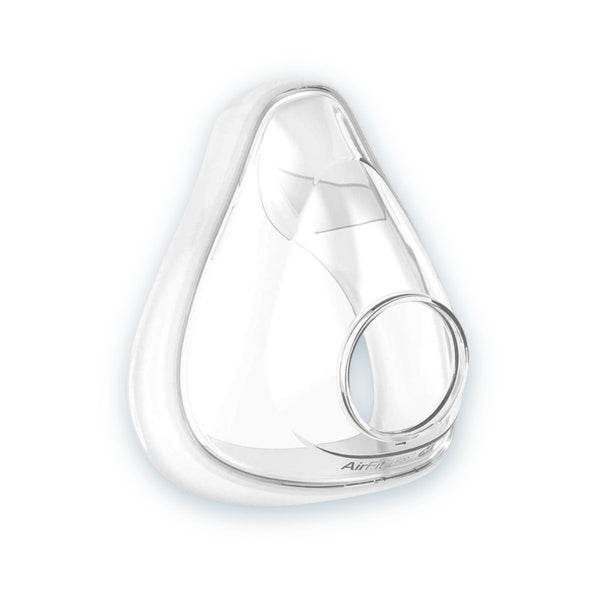





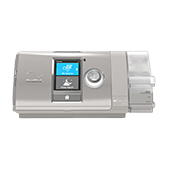
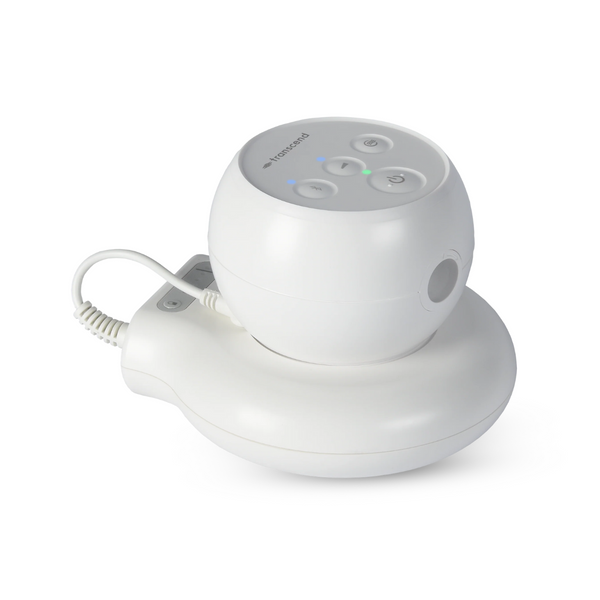
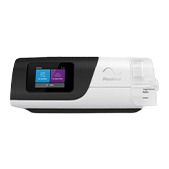
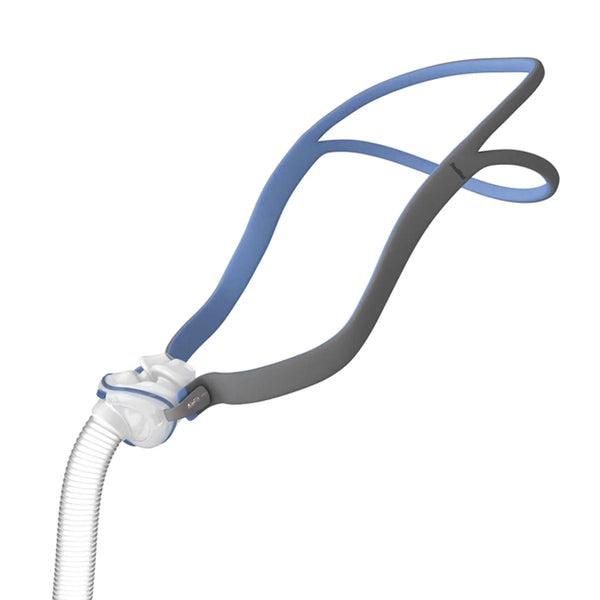
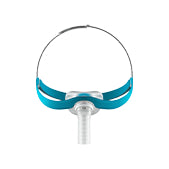
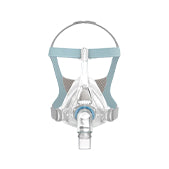
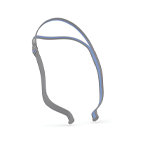

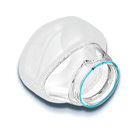
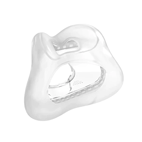
![[subscription]](http://heartstrongsleep.com/cdn/shop/files/Group_30_6a2ee5b7-7d1a-49f1-855d-428a7cb5358f.png?v=1733846466&width=600)
